How do you lower high radon levels in a basement?
I have a house to sell, I already have contract. we stayed 13 years in that home with full finished basement. In Radon test result is 7.5pCi/L . What should we do and how much it will cost? Can you please suggest us what should be done. House is in very good condition.








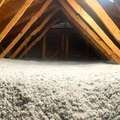
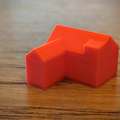




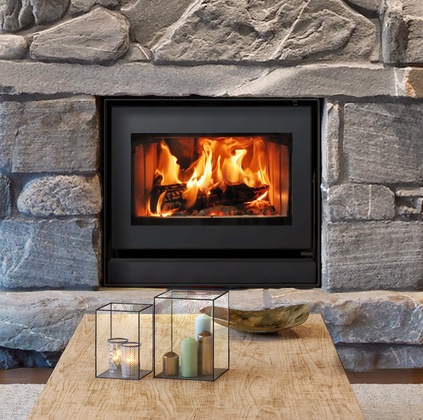

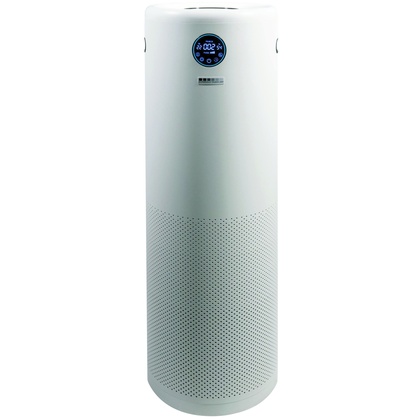

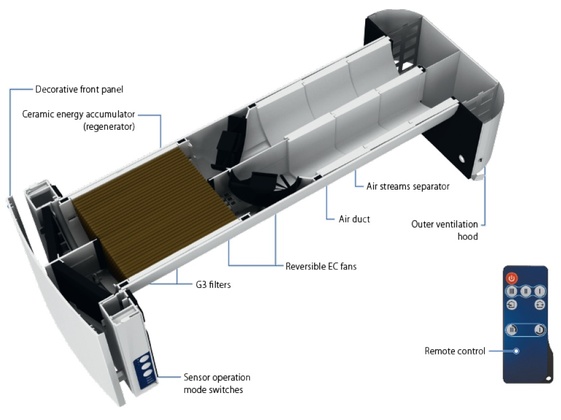

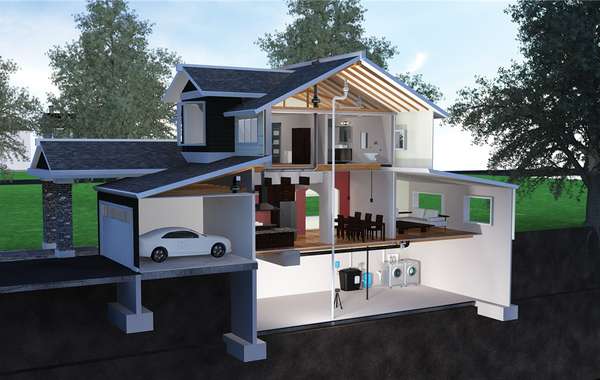
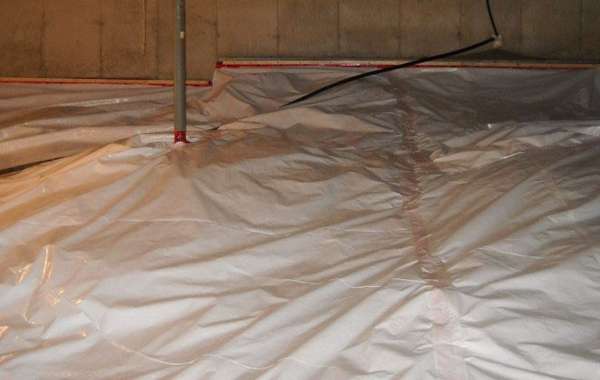
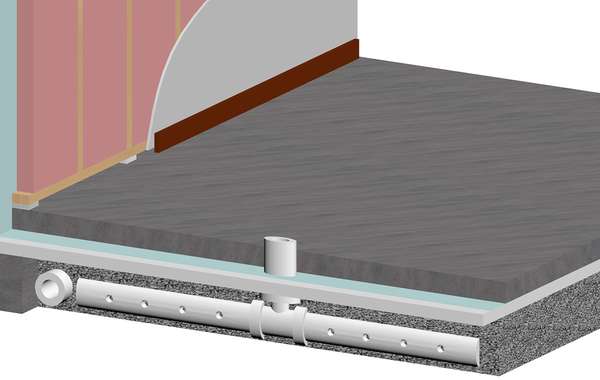
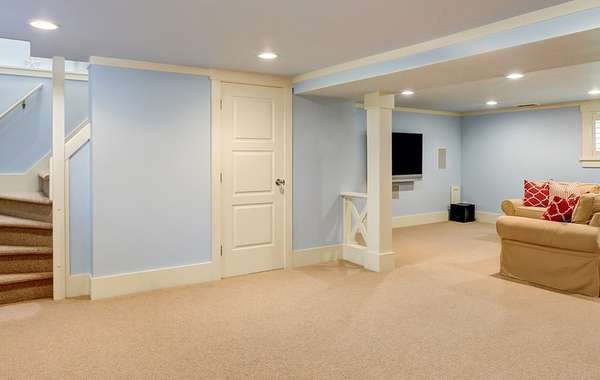

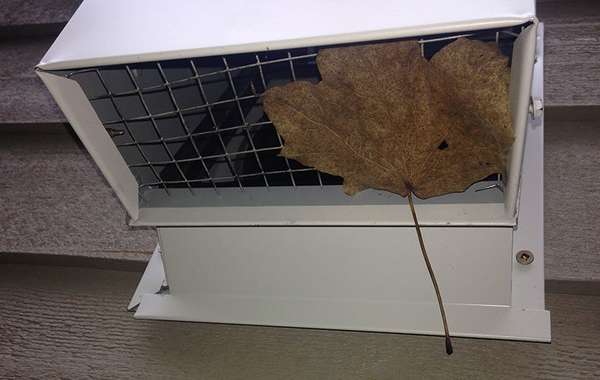

Radon mitigation equipment such as passive radon stacks are becoming mandatory in many regional building codes, and the can be installed afterwards in some situations, but it really depends on your specific level of finishing. Here are a few pages to read that may help –
How to remove radon gas from basements and crawl spaces
There are some specific radon gas mitigation techniques for existing homes that are performed by processionals that specialize in it, which can often mean sub-slab depressurization. I would search radon mitigation, or radon removal services along with your local region to see if there are any specialists nearby, that’s probably your best bet.
An alternative method for radon removal in finished basements is to have a dedicated HRV or ERV in the basement, along with a Radostat radon sensor. The radostat in a continuously operating radon detector that will activate the HRV or ERV system when levels exceed recommended safe levels, and it will shut the system off when levels have returned to normal. An experienced HVAC installer can set it so the basement is left pressurized, which helps keep the radon in the ground.